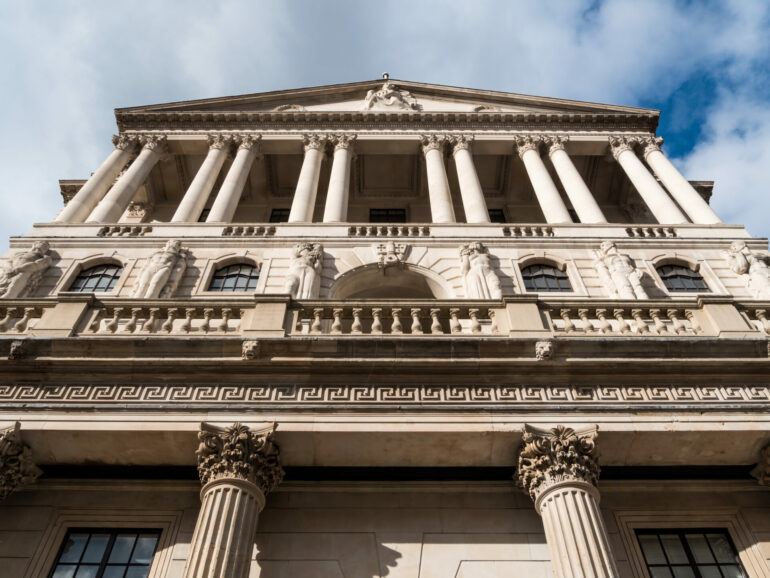UK inflation slowed to 2.6% in March, down from 2.8% in February, according to the latest figures from the Office for National Statistics.
The figure came in lower than economists’ expectations of 2.7% and adds to growing pressure on the Bank of England to reduce interest rates when it meets on 8th May.
The drop, driven in part by weaker price growth in clothing and household goods, comes ahead of anticipated increases in April, when council tax and energy bills rise.
Analysts had expected inflation to climb again this spring, potentially peaking at 4%, but those forecasts may now change in light of recent global trade developments.
Nathan Emerson, chief executive of Propertymark, said: “Worries about the UK and the global economy in response to wider international events has provided a generally downbeat outlook for many consumers.
“However, today’s news will hopefully provide much welcome relief to many people considering taking advantage of the traditionally busy spring and summer months to purchase their next home.”
“The overall question remains as to how much of an impact this drop in inflation will influence the Bank of England’s decision to potentially cut interest rates.
“If any decision to cut the base rate happens within the forthcoming months, this should hopefully lead to a variety of more competitive mortgage deals hitting the market and potentially inspire further market activity at a time when the economy urgently needs growth to help balance the country’s overall financial prospects.”
Nicholas Mendes, mortgage technical manager and head of marketing at John Charcol, said: “UK inflation came in at 2.6% in March, slightly below February’s 2.8%. That will be welcome news for mortgage holders, particularly those on variable rates or nearing the end of a fixed deal.”
“The slower pace of price growth further strengthens the likelihood that the Bank of England will consider cutting interest rates at its next meeting on 8th May. Whether that move is 0.25% or even 0.5% remains to be seen, though the latter still seems unlikely.”
However, Mendes added that any relief may be temporary, noting: “The Bank expects inflation to rise again in April, potentially reaching 3.6%, driven by higher energy costs and seasonal pricing shifts.”
Mortgage market sentiment has already begun responding. Falling swap rates have prompted some lenders to cut pricing, with sub-4% fixed deals returning to the market. But despite the improved environment, caution remains.
Ben Thompson, deputy chief executive at Mortgage Advice Bureau, said: “This might be the last good reading for a few months, so let’s enjoy it while we can. It’s likely we have a few bumps in the road ahead of us – especially before it feels like we’re seeing inflation back under control and where it needs to be.”
“Getting inflation to the 2% target has been like the impossible task of putting toothpaste back in its tube, and that job is certainly not done yet.”
Nick Hale, chief executive at Movera, said the reading was a “welcome sign of progress” and “a downward trend in inflation strengthens the case for a cut in the coming months, something that would certainly be warmly welcomed by homebuyers and homeowners alike.”
Simon Webb, managing director of capital markets and finance at LiveMore, said: “A falling inflation rate is a welcome sign that economic pressures could begin to ease. This may boost confidence in the property market, where activity has picked up in recent months, although affordability remains a challenge for many.”
Richard Pike, chief sales and marketing officer at Phoebus, added: “This surprise fall in inflation is a welcome development for the economy and the property market alike. Today’s figures suggest those [inflationary] effects may be easing more quickly than anticipated.”
“This unexpected dip could strengthen the case for the Bank of England to bring forward a base rate cut – a move that would be warmly welcomed across the housing market.”



